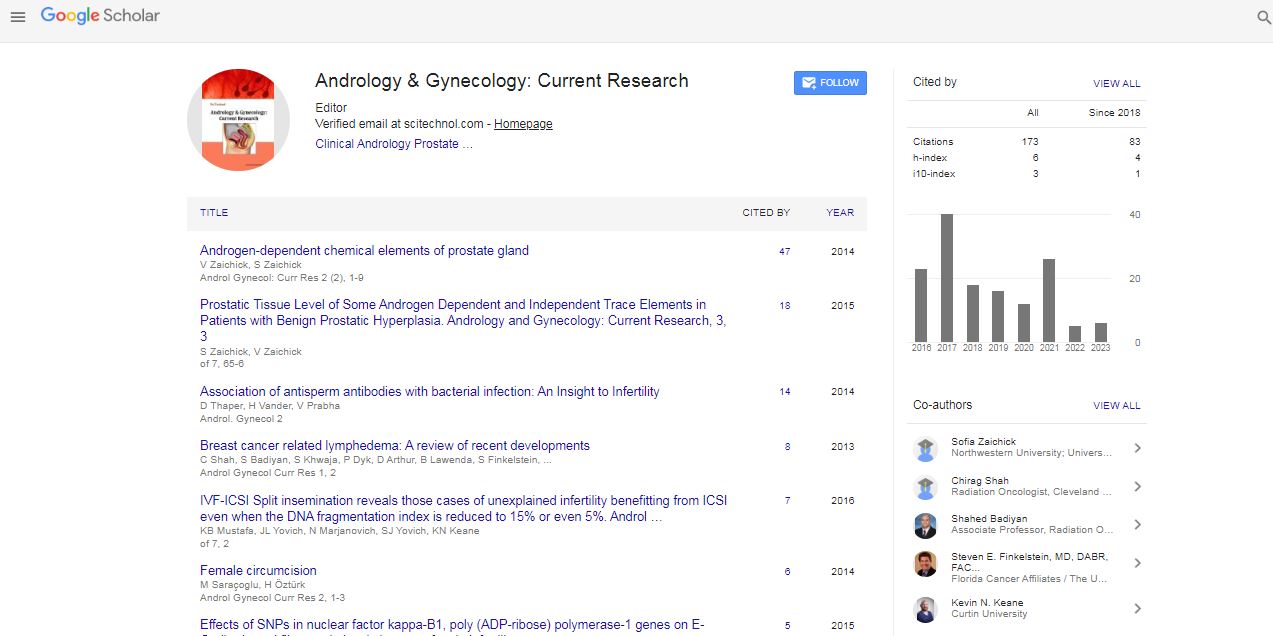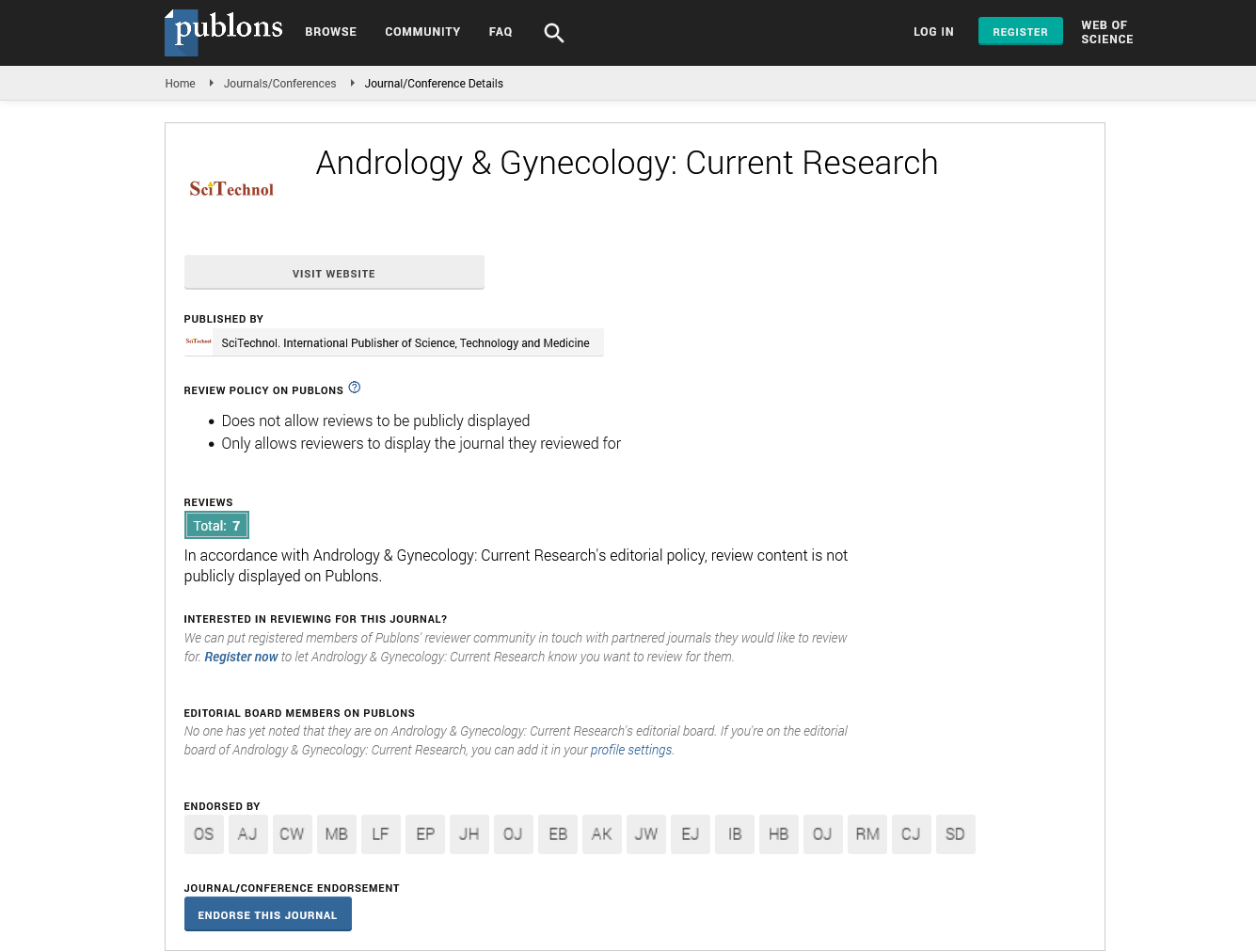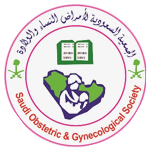Prevalence and outcome of teenage hospital births at the Buea health district, South West Region, Cameroon
Thomas Obinchemti Egbe
University of Buea, Cameroon
: Androl Gynecol: Curr Res
Abstract
Background: Teenage pregnancy is a high-risk condition that requires skilled antenatal care for good outcome. World estimates report in 2008 about 16 million births to adolescent mothers, most of them occurring in low and middle-income countries. In Cameroon, about 12% of all births are to adolescent mothers. This study determines the prevalence of hospital teenage deliveries in the Buea health district and compares the delivery outcomes and demographic characteristics between pregnant teenage mothers (14–19) and adult mothers (20–29 years). We also identify factors associated with adverse pregnancy outcomes. Methods: We undertook a retrospective study of case files of patients who gave birth in the Buea Regional Hospital during the period 2009–2012, to determine the prevalence of hospital-delivered teenage pregnancies in the BHD. We also undertook a, cross-sectional study to compare the outcomes of 148 singleton adolescent births with 360 adult births in three health facilities in the Buea health district during the period March 1 to August 31, 2013. Results: The prevalence of teenage births was 13.3%. The adverse fetal outcomes imputable to adolescent births were low birth weight (<2,500 g) (OR 2.79; 95% CI, 1.28-6.09), preterm babies (<37 weeks) (OR: 1.85; 95% CI, 1.01-3.41), low 5 min Apgar score <7 (OR: 1.66; 95% CI, 0.91-3.0). Adverse maternal outcomes associated with teenage pregnancies were mainly perineal tear (OR, 1.6; 95% CI, 0.95-2.7). Teenage births were not discovered in any significant way to cause preeclampsia/eclampsia, episiotomy, premature rupture of membranes and caesarean section. Maternal factors like age and gravidity were discovered to lead to adverse fetal outcomes in adolescents, while maternal factors like age, unemployment, marital status and gravidity were for their part, directly responsible for adverse maternal outcomes in adolescents. Conclusion: Teenage pregnancies are quite prevalent in the Buea health district, and hospital delivery common. Adolescent pregnancies are more likely to lead to adverse fetal and maternal outcomes than adult pregnancies.
Biography
Thomas Obinchemti Egbe is an Associate Professor of Obstetrics and Gynecology at University of Buea, Cameroon. He completed Medical training with a distinction at University of Yaounde in 1985. He pursued his Residency training in Obstetrics and Gynecology at University of Pavia, Italy and graduated in 1994, and did further training in Gynecologic Endoscopy and Infertility at University of Paris V, France. His research interest includes Reproductive Health and has published several papers in this field. He is also a member of several professional organizations including the Cameroon Society of Obstetrics and Gynecology, Italian Society of Obstetrics and Gynecology etc.
 Spanish
Spanish  Chinese
Chinese  Russian
Russian  German
German  French
French  Japanese
Japanese  Portuguese
Portuguese  Hindi
Hindi 


